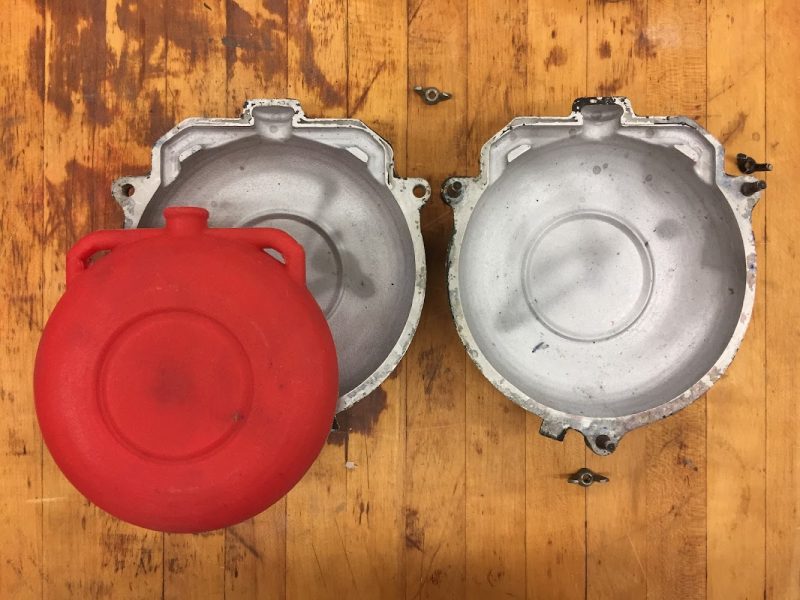Rotational molding, also known as rotomolding or rotational casting, is a manufacturing process used to produce hollow plastic parts. This process involves heating a mold that contains the plastic material, and then rotating the mold in multiple axes to evenly distribute the material around the interior of the mold. Once the plastic has cooled and solidified, the mold is opened and the finished product is removed.

The rotational molding process can be used to produce a wide range of products, from small toys to large industrial tanks. The process is particularly useful for producing large, hollow parts with complex geometries, such as kayaks, coolers, and automotive parts. The process is also popular for manufacturing products that require high-strength, stress-resistant properties, such as military helmets, medical devices, and aerospace components.
The rotational molding process begins with a mold made from aluminum or steel. The mold is then loaded with the plastic material, which can be in the form of powder, pellets, or liquid. The mold is then heated and rotated simultaneously. The rotation ensures that the plastic material is evenly distributed around the interior of the mold, creating a uniform wall thickness.
The length of the heating and cooling cycles depends on the thickness of the part being produced, the material being used, and the desired quality of the finished product. Typically, the heating cycle lasts for several minutes, and the cooling cycle lasts for several hours.
Rotational molding offers a number of advantages over other plastic molding processes. One advantage is that it can produce large, hollow parts with relatively low tooling costs. Another advantage is that it can produce parts with a uniform wall thickness, which can improve the strength and durability of the finished product.
Despite these advantages, rotational molding also has some limitations. One limitation is that it can be difficult to control the wall thickness of the finished product, particularly in areas of high curvature or in areas where the plastic material is prone to thinning. Additionally, the process can be relatively slow, particularly for large parts or for parts with complex geometries.
Overall, rotational molding is a versatile and cost-effective manufacturing process for producing hollow plastic parts with complex geometries and high-strength properties. The process is used in a wide range of industries, from automotive and aerospace to medical and consumer goods.
